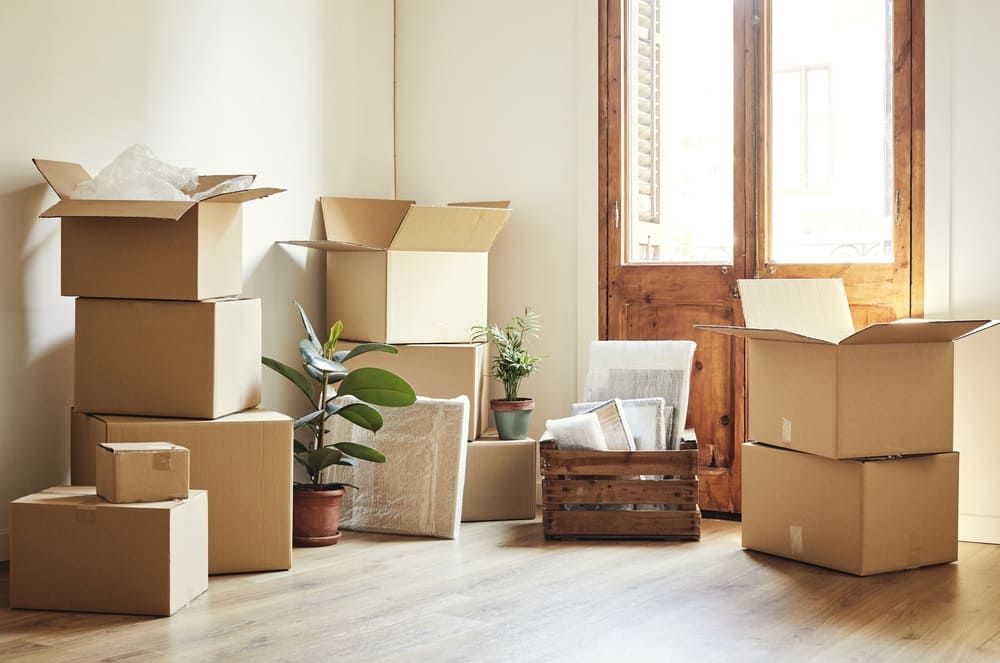Packing smart | How to pack your belongings efficiently when moving house?

Packing may seem like a simple activity, but when it comes to moving, travelling or even storing, it becomes an art. Packing effectively not only saves time and space, but also protects your valuables. Here are some tried-and-tested tips on how to do it..
1. Detailed planning of the move
Planning is more than just making a list. Consider weight and size restrictions if you are couriering or flying. Consider which items you will need as soon as you arrive at your destination (e.g. hygiene items, a change of clothes) so that you can put them on top or in an easily accessible place. Start with a list. Write down everything you need to pack and divide the items into categories. This will make sorting easier and prevent you from missing anything important.
2. Selection and preparation of boxes
Before you start packing, check the condition of the cartons. It is advisable to reinforce the bottom with adhesive tape for extra support. You should also consider using special cartons for glassware and crockery, which have extra compartments and reinforcements. Investing in good quality cartons is essential. Different sizes are useful – smaller for heavier items like books, larger for lighter items like clothing. Make sure they are strong enough to support the weight of the contents.
3. Techniques for packing fragile items
When packing electronics, it is recommended to use the original packaging if possible. For extra protection, you can use foam inserts or special anti-static bags for electronic components. For porcelain and glassware, each item should be wrapped separately and the spaces between them filled to avoid friction and impact. Bubble wrap, wrapping paper and even old newspapers are your best friends when packing fragile items. Wrap each item separately and place them carefully in the carton, filling the spaces with crumpled paper to avoid movement in transit.
4. Maximising space
Use the matryoshka-Russian doll technique – place smaller items inside larger ones where possible. Clothes and fabrics can be rolled up or used as fillers between harder objects. It is important not to leave empty spaces, but also not to overfill cardboard boxes. Stacking things strategically is key to maximising space. Heavier items on the bottom, lighter items on top. Make the most of every available space, but be careful not to overload the cartons.
5. Systematic marking of boxes for removal
In addition to marking the contents, it is also advisable to indicate whether the contents are fragile and to indicate which side of the carton should be facing upwards. You can also use coloured labels for easy recognition. This is important not only for easy recognition of the contents, but also for ease of unpacking. Use a wide marker to clearly label each carton, indicating its contents and the room it should go into.
6. Use of alternative packaging
Remember that suitcases and bags are not just about extra space, but also about protection. Place heavier items on the bottom of suitcases to avoid damage to other items. Use suitcases on wheels to transport heavy items. Travel bags can be used to pack clothes and fabrics that are easily crumpled.
7. Final checks and documentation before transport
Take photos of the contents of the cartons before closing them. This may come in handy for insurance purposes or in the event of a claim. Check that all cartons are properly closed and secured. Before closing the cartons, do a final check that everything is well secured and that you have not forgotten anything important.
Packing before a move
Remember that smart packing is not just a skill, but an investment in the safety of your items. Take a moment to plan and pack thoughtfully and the process of moving or travelling will become much less stressful.
